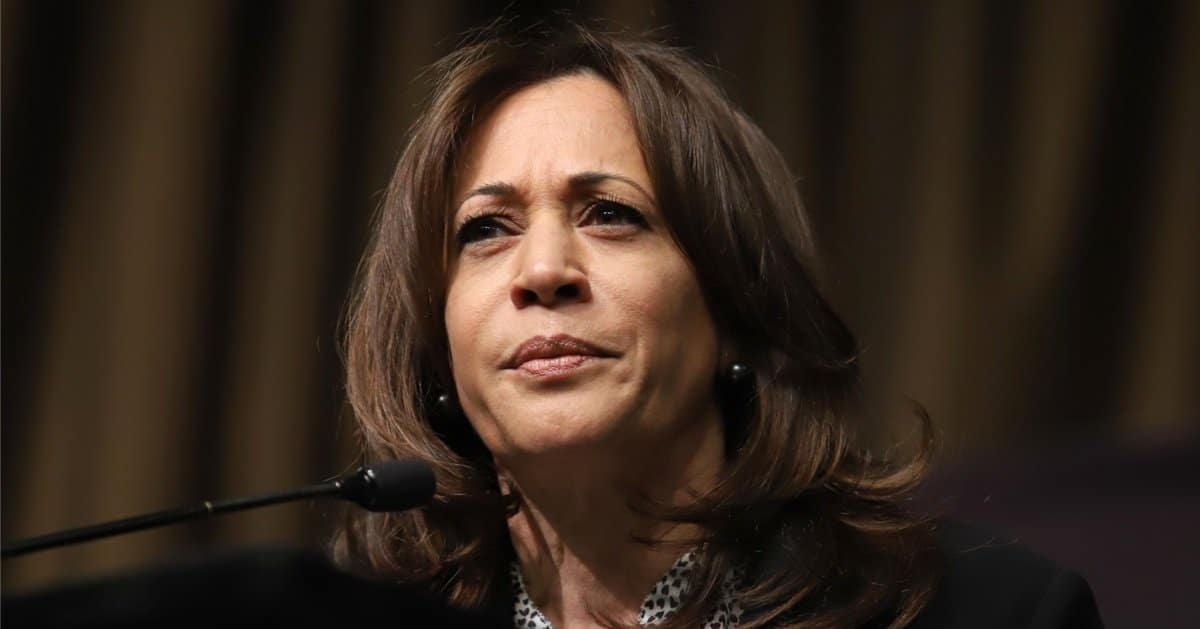



As President-elect Donald Trump approaches his inauguration, both major political parties are contemplating strategic moves concerning the retirement of U.S. Supreme Court justices to solidify their influence.
The Independent reported that President Joe Biden is in the waning days of his presidency, and plans are already forming regarding Supreme Court positioning before Trump assumes office.
Democrats are deliberating on whether to encourage Justice Sonia Sotomayor's retirement, thus allowing Biden to appoint her successor. This comes amidst Republicans weighing options to replace Justices Clarence Thomas and Samuel Alito under an incoming Trump administration.
As the transition of power looms, the Democrats face a particular urgency. They possess a limited window to confirm Sotomayor's successor, which, if missed, could potentially leave the decision to Trump.
This concern is amplified by the memory of Ruth Bader Ginsburg's replacement by Amy Coney Barrett in 2019—a shift that had significant effects, such as the overturning of Roe v. Wade.
Democrats are wrestling internally with the dilemma of pushing Sotomayor, who at 70 years of age remains a formidable figure on the court, especially given her status as the first Hispanic justice. Any potential push for retirement is clouded with risk due to the slim timeline for confirming a new justice before Trump takes office.
On the other side, Republicans are facing criticism from within their ranks over discussions about the potential retirement of conservative stalwarts Thomas, 76, and Alito, 74. Allies of Trump have publicly decried the notion, arguing against what they see as premature discussions about the justices’ decisions to remain on the bench.
Republican strategist Leonard Leo voiced a concern that during these talks, both Thomas and Alito deserve to be recognized for their distinguished service.
“Justices Thomas and Alito have given their lives to our country and our Constitution,” he said, noting that such dialogues should respect their individual choices.
Traditionally, Supreme Court discussions gain focus during transitions between presidential administrations, owing to the court's crucial influence and its nine-seat composition. The current discourse reflects this pattern, as both parties navigate the delicacy of how best to secure judicial appointments that align with their policy visions.
The fast-approaching change in leadership adds a layer of urgency for Democrats, who are well aware of their narrow timeframe to act if they wish to have a say in future judicial reviews. Their calculations include both strategic and ethical considerations regarding if and how to encourage Sotomayor’s retirement.
Republicans, meanwhile, contemplate the long game; discussions are less about immediate pressures and more about ensuring an alignment of judicial philosophy with the incoming administration’s policies. Despite some internal friction about whether to discuss retirements, the GOP remains focused on securing a strong conservative influence on the court.
While the current situation is not unprecedented, the political context makes it particularly consequential. Each party's considerations involve not only the possible judicial outcomes but also how their actions might be perceived by the electorate.
For Democrats, the optics of potentially pressuring the first Hispanic justice out of the position is fraught with peril, possibly compounding historical voter dissatisfaction from certain demographics. The memory of rapid confirmation processes, such as Barrett's following Ginsburg’s death, remains fresh in the collective consciousness.
Meanwhile, Republicans, though keen to capitalize on a current advantage, must balance partisanship with the principle. Leadership is tasked with aligning their strategy to accommodate internal dissent and broader ideological goals, amid potential tangible gains in judicial appointments.
In considering the long-term implications, these discussions underscore the broader stakes: the profound influence that Supreme Court decisions have on American law and society. The ongoing debate exemplifies the intricate and often contentious nature of securing such lasting legacies.
As the clock winds down and the dynamics of power shift, both parties find themselves poised at a critical juncture.
Demonstrations of power through judicial selections not only reflect immediate priorities while also indicating how they envision the future relationship between judicial interpretation and policy-making.



